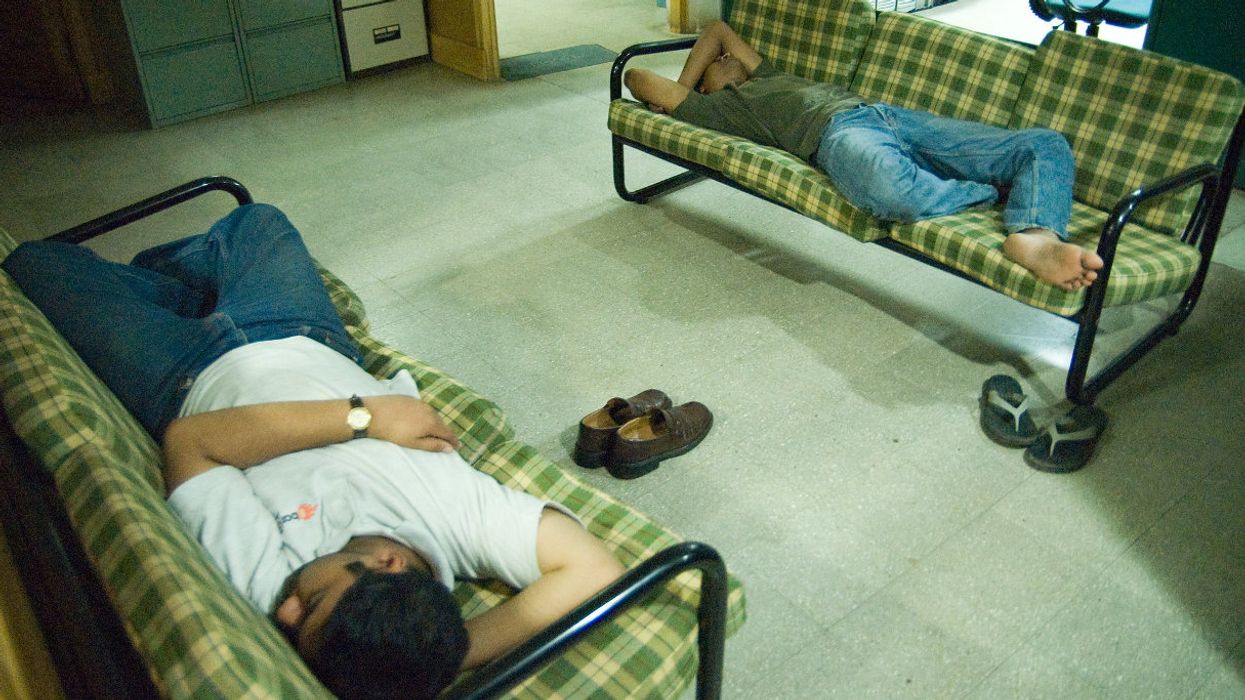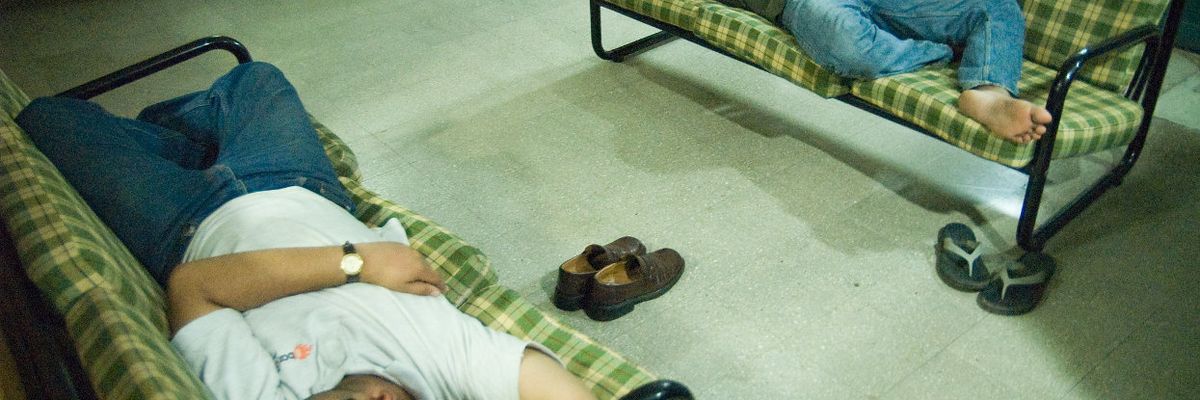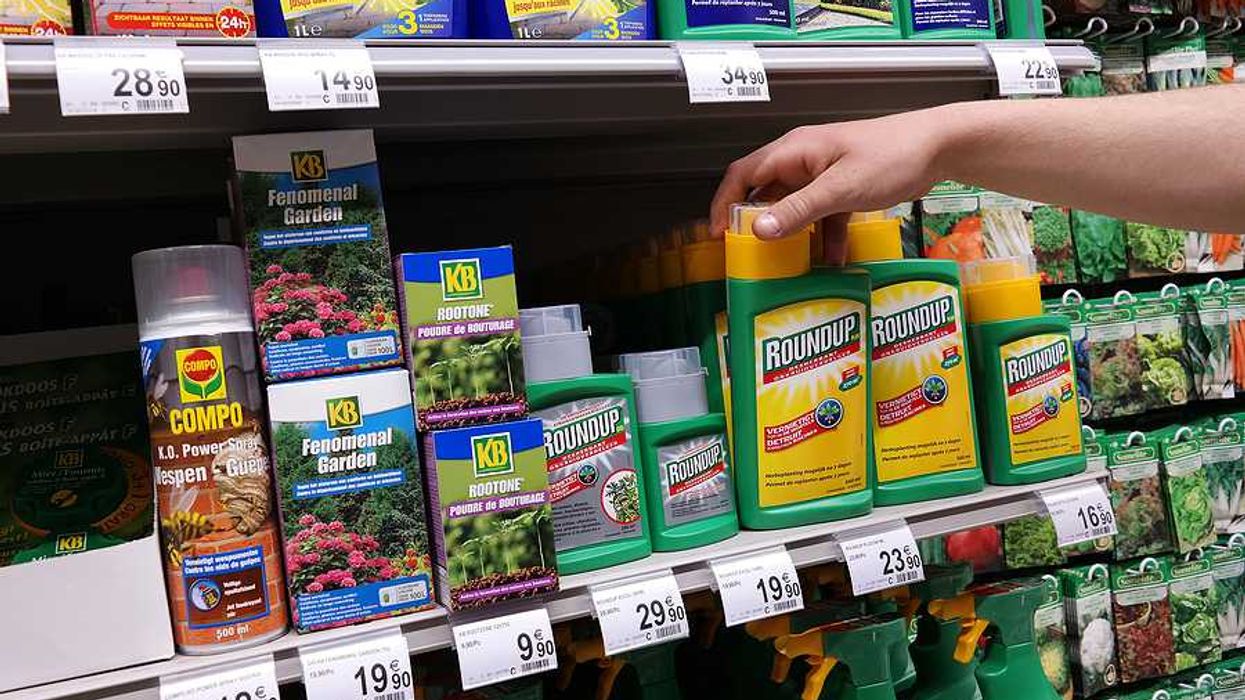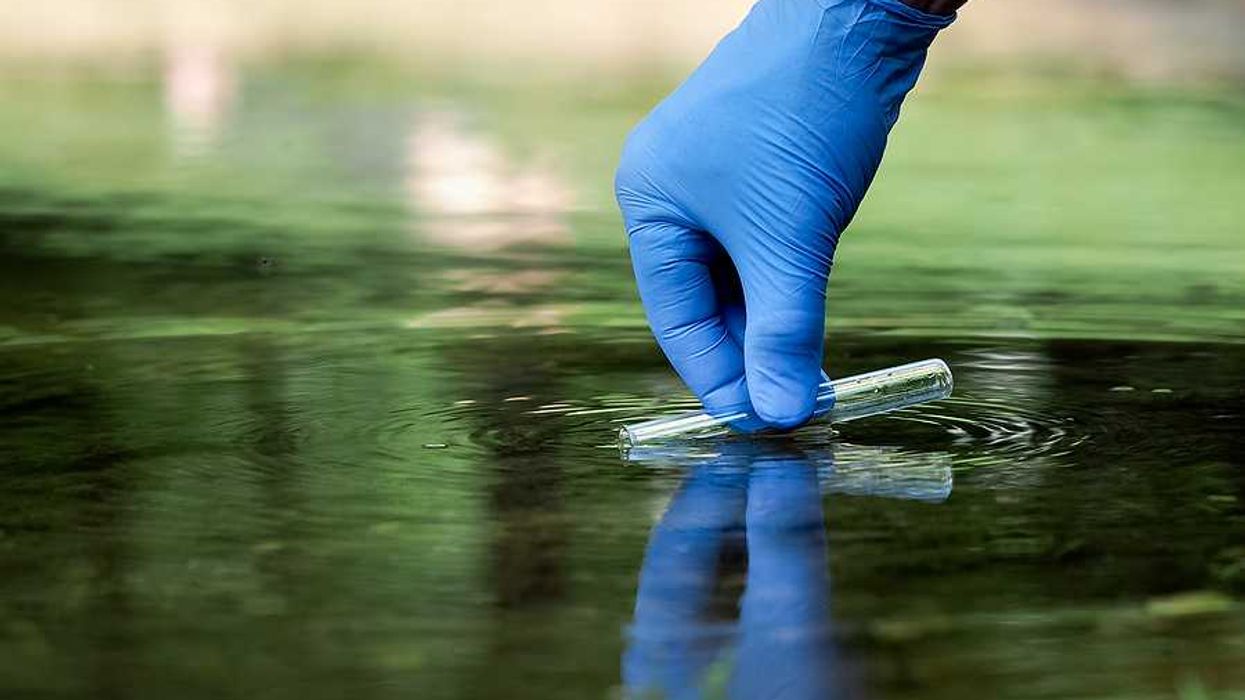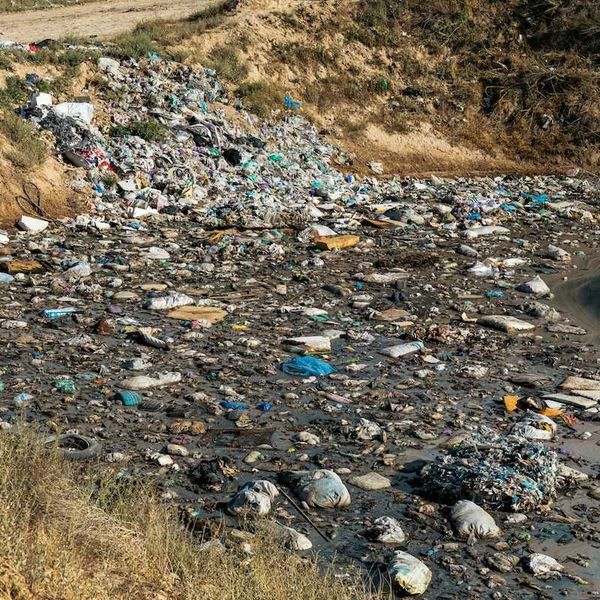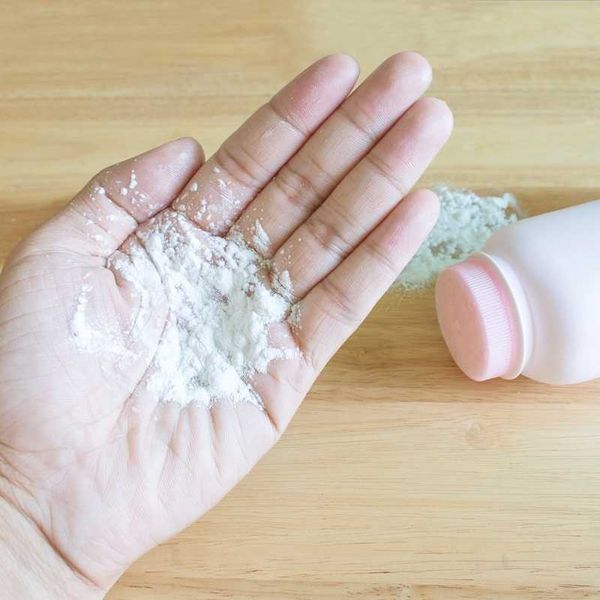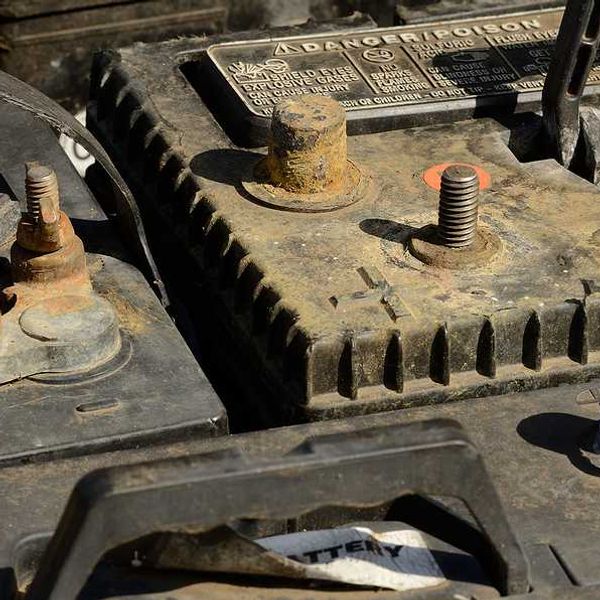If you've been considering throwing out that old couch, now might be a good time. Dust in buildings with older furniture is more likely to contain a suite of compounds that impact our health, according to new research.
In a new study published in Environment International researchers examined rooms in three categories: no intervention—rooms in older buildings with conventional furniture; partial intervention—rooms with at least some furniture made with healthier materials; and full intervention—rooms in more recently renovated buildings with furniture free from harmful chemicals. These rooms came from 21 buildings at an unnamed university and included office suites, classrooms, and common rooms. The scientists then examined the dust in those rooms for traces of per- and polyfluoroalkyl substances (PFAS), as well as common chemical flame retardants polybrominated diphenyl ethers (PBDEs) and organophosphate esters (OPEs).
They found that the dust from rooms furnished with items free of PFAS and chemical flame retardants in more recently renovated buildings had 78 percent lower levels of PFAS, 65 percent lower levels of OPEs, and 45 percent lower levels of PBDEs than rooms in older buildings with older furniture.
"This suggests that replacing harmful materials with these healthier materials is an inexpensive way to reduce exposures to toxic chemicals indoors, which is where we spend most of our time," Anna Young, a postdoctoral researcher at Harvard T.H. Chan School of Public Health and lead author of the paper, told EHN.
PFAS, PBDEs, and OPEs are all categories of chemicals that have been linked to a slew of health impacts, including certain cancers, decreased birth weights, thyroid disease, decreased sperm quality, high cholesterol, pregnancy-induced hypertension, asthma and ulcerative colitis.
Several studies have previously linked concentrations of contaminants in dust and air to higher body burdens. Despite their documented harms, all three classes of chemicals are commonly found in furniture and building materials to make products flame, stain, and water resistant.
The team analyzed the dust in 47 rooms—12 with no intervention, 28 with partial intervention, and seven with full intervention. They found at least one kind of PFAS, PBDE and OPE in dust from every room they sampled. And the average concentration of PFAS in rooms with no intervention was more than four times higher than the average concentration of PFAS in rooms that underwent a full intervention.
The paper said the contaminants in the healthier rooms could be due to those rooms existing in the same buildings as rooms that are less healthy, or could be due to newer chemicals like the PFAS perfluorohexanoic acid (PFHxA) slipping through into products that have omitted other substances. Another potential explanation is that these chemicals could persist as older plastics and materials are recycled and used in new products.
The upside, however, is that these chemicals are "not usually intrinsically bound to products," said Young. "They're used as additives. For example, PFAS is usually applied as a coating. So that means [harmful materials] can be removed without sacrificing the functional integrity of the product."
Making indoor spaces safer and cleaner, therefore, will not necessarily require huge, intrusive interventions.
Young also said that while the results themselves were somewhat expected—it is unsurprising that furniture made without harmful chemicals would yield dust with lower contaminant levels—what was novel was their intervention-based approach to reducing whole classes of chemical pollutants like PFAS in buildings.
When discussing solutions to removing harmful chemicals from indoor spaces, talking about entire classes of pollutants is a big help, Amina Salamova, an environmental chemist at Indiana University who was not affiliated with the paper, told EHN. There are so many individual chemicals in each of these classes—PFAS alone has around 5,000 different types, with new kinds consistently invented—that they become basically impossible to inventory.
"It's absolutely impossible to develop analytical methods to measure each and every single PFAS out there. It's just too expensive, and we don't even know what half of those chemicals are," Salamova said. By collectively taking stock of a whole class, she said, you remove the need to nitpick at individual exposure levels and their thresholds—details that are important to know but ultimately distract from solutions. Looking at classes of chemicals gives scientists the ability to say that we need to intervene and remove these contaminants across the board.
Despite the small sample size, Salamova said these results are quite stark and important. The potential for 78 percent less PFAS exposure with these simple interventions is huge, she said, especially since "we still know so little about its toxicity, especially in the indoor environment."
Most of us are not living in "healthy" buildings, said Young—the majority of buildings in the U.S. are decades old, built in a time when safety concerns associated with certain materials were unknown. That's why this research is important, she said: "The decisions we make today will have decades long impacts on the materials that our buildings, the chemicals we're exposed to, and ultimately, our health."
Banner photo: Kiran Jonnalagadda/flickr

